One notable record I missed last year was the creation of the first “clean” 10x10 word square. Eric Tentarelli called this “the holy grail of logology,” and that doesn’t seem like overstatement, once you know the history involved.
Word squares are the clearest antecedent to crosswords as we know them today, and they’re still a recreation of their own. Yesterday’s Micross was a simple one in disguise (spoiler alert!):
What makes a word square a word square is that it reads the same across and down—if you read only the Across entries, you get RAT ADA TAR, and if you read only the down entries, you get the same. (This particular word square is a little extra special, but more on that tomorrow.)
3x3 word squares are easy to make, a fine exercise for a beginning crossword constructor. 4x4 and 5x5 aren’t too hard either, but after that, things have gotten interesting. Each new level has represented a challenge for the word researcher. Here’s a 6x6 I like from Word Ways (Dmitri Borgmann, 1987):
A 7x7 from M.D. McIlroy (1975):
The 8x8 square seems to represent a great leap forward in difficulty. I haven’t found one yet where all eight words seemed familiar to me. One of the most accessible is found in the Wikipedia entry on word squares:
This one by a Mrs. Burkholder (1926) is also pretty good once you know AGARICUS is a kind of fungus:
Eric Albert computed this 9x9 square in 1991, the first such square to use only words from a single dictionary (Webster’s Second International edition):
There have been many attempts at 10x10 and 11x11 squares, most of them breaking or bending one or several rules. The most popular was a 2002 creation of Rex Gooch, one of several which made use of place names (Dioumabana, Adaletabat), hyphenation (nature-name), and capitalized genus names like Echeneidae. (Gooch also constructed a couple of 11x11s, but largely using non-English words.)
And that brings us to today, or more specifically, to last year. On May 13, 2023, Matevž Kovačič of Celje, Slovenia rolled out this baby.
These words are pulled from seven different sources. Of the ten, only one could be called common—retirement—with another one, earnestest, an unfamiliar form of a familiar word. But all ten have definitions and all ten are lower-case and unhyphenated, which is more than anyone else has been able to achieve in nearly two centuries of trying!
Belated congratulations to Kovačič, whose published data will allow others to try the same.
There are other aspects of the word square to explore. Taking a page from crossword practices, I’d suggest word square design using better-known words and phrases.
I don’t mean slapping any old combination of words together to make a word square, which would be easy and largely pointless. I’m thinking more in terms of the ingredients of a typical crossword database, stuff like IN A PINCH (8 letters), ALMOST ALL (9) and TAKES PLACE (10), and perhaps some familiar capitalized stuff like TOM HANKS (8), GREENLAND (9), and EXXONMOBIL (10). (What, two X’s? Ha ha, just kidding. Unless…?)
I don’t know if this would help form new 10x10s, but it might make for more accessible 8x8s and 9x9s. I doubt I’ll investigate this area much in the near term, but it seems like fertile ground for someone else to explore!
Next time out, we’ll talk about a smaller kind of word square that’s fascinated people for two millennia, and whether we can produce any more of its kind. Be here…!



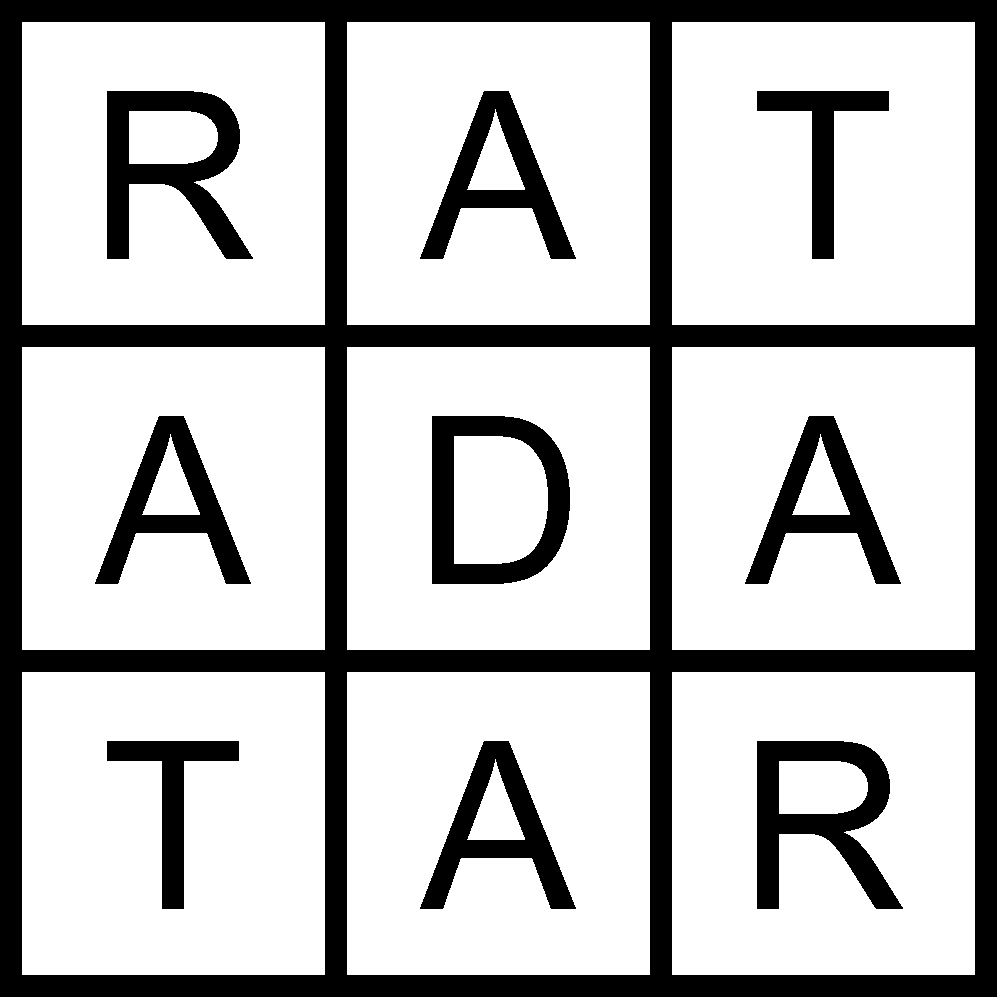

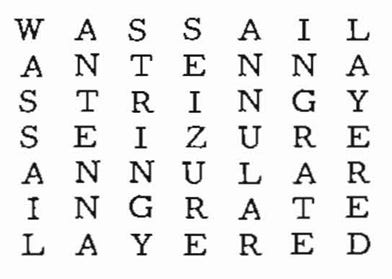
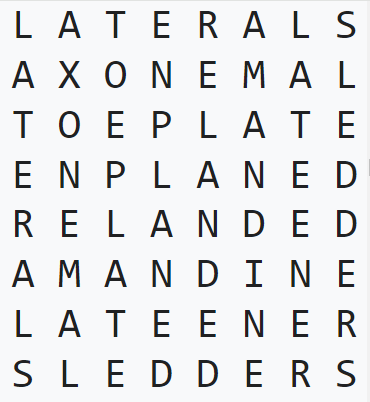
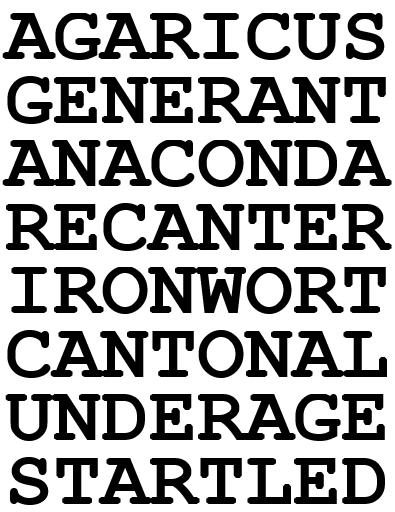
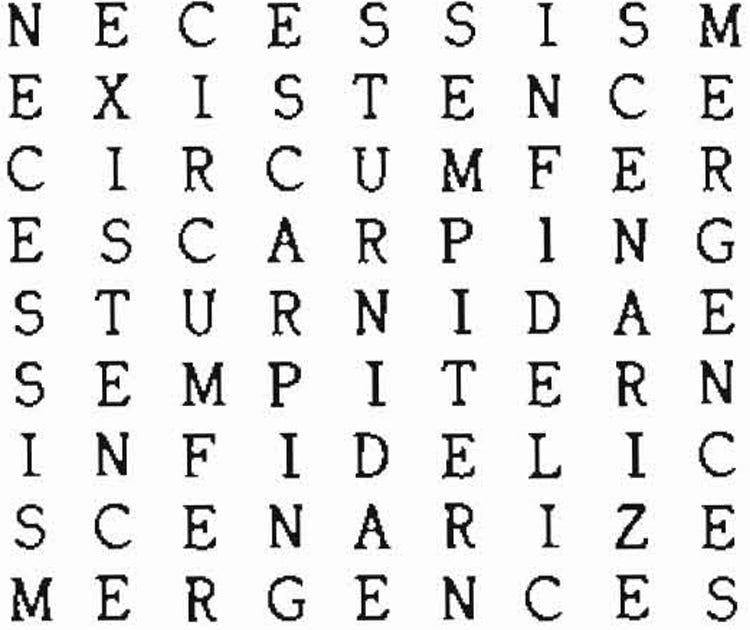
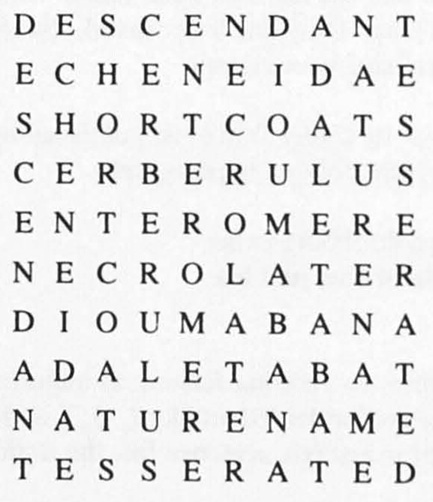
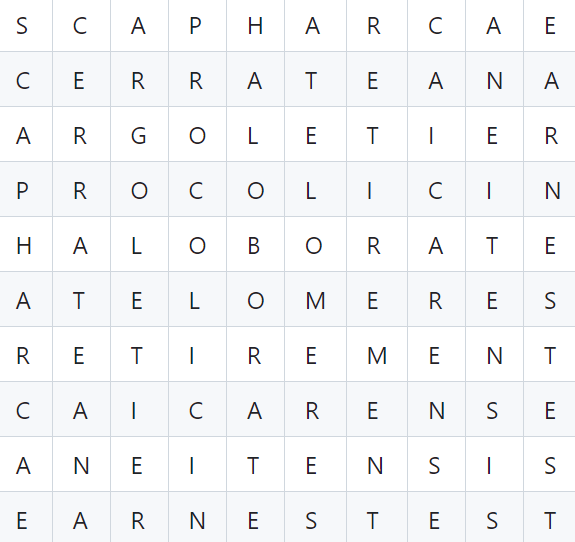
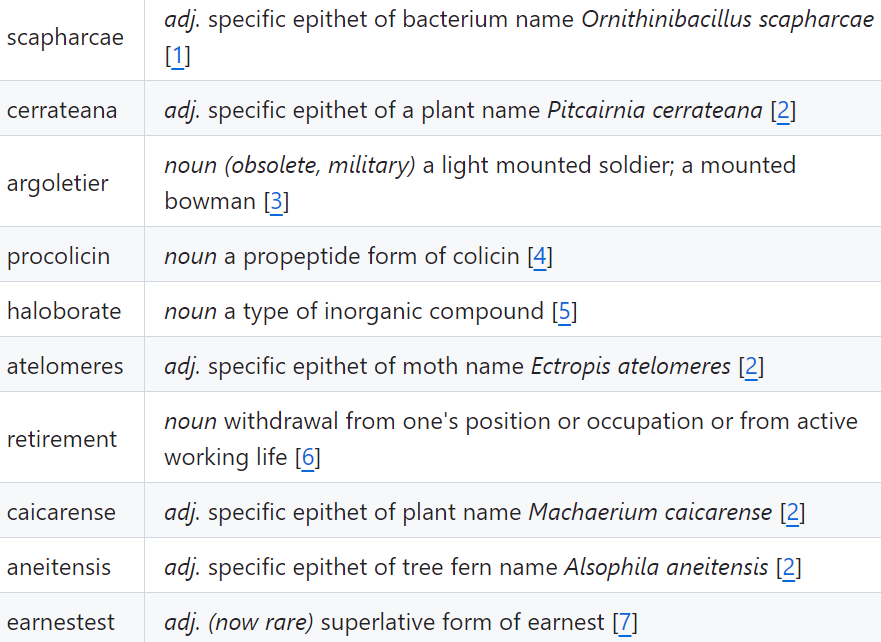
🚶➡️ W🚶➡️OW
🚶➡️ WOW
WONDERFUL POST about Word squares. Is an emoji square on the horizon?